STOP STOP !!!!!!..........FOR GOD SAKE ........Child Abuse
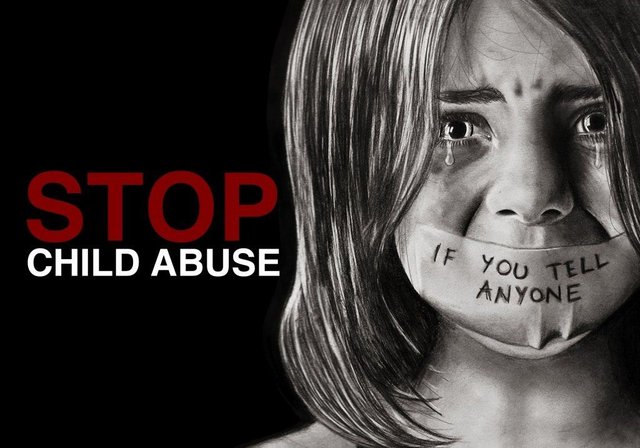
what is child abuse ?
Child abuse is a state of emotional, physical, economic and sexual maltreatment meted out to a person below the age of eighteen and is a globally prevalent phenomenon. However, in India, as in many other countries, there has been no understanding of the extent, magnitude and trends of the problem.
According to World Health Organization (WHO), Child abuse or maltreatment constitutes all forms of physical and/or emotional ill-treatment, sexual abuse, neglect or negligent treatment or commercial or other exploitation, resulting in actual or potential harm to the child's health, survival, development or dignity in the context of a relationship of responsibility, trust or power.
Child abuse across the globe
The World Health Organization (WHO) estimates that almost 53,000 child deaths in 2002 were due to child homicide. In the Global School-Based Student Health Survey carried out in a wide range of developing countries, between 20% and 65% of school going children reported having been verbally or physically bullied in school in the previous 30 days.
Child abuse is usually classified into three major types:
Physical abuse:

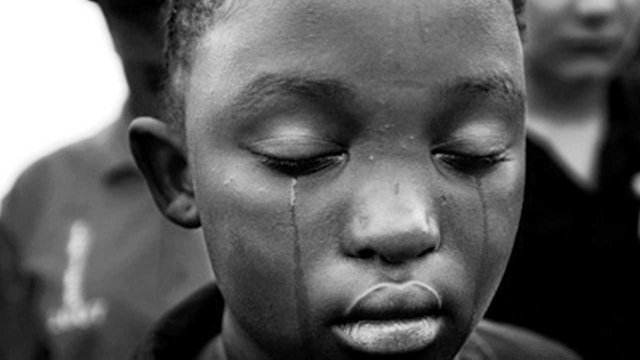
.jpeg)
According to WHO, Physical, abuse is the inflicting of physical injury upon a child. This may include burning, hitting, punching, shaking, kicking, beating or otherwise harming a child.
According to the national report on child abuse by the Ministry of Women and Child Development in 2007, Two out of every three children were physically abused.Out of those children physically abused in family situations, 88.6% were physically abused by parents. 65% of school going children reported facing corporal punishment i.e. two out of three children were victims of corporal punishment, 62% of the corporal punishment was in government and municipal school. The State of Andhra Pradesh, Assam, Bihar and Delhi have almost consistently reported higher rates.
Sexual abuse:
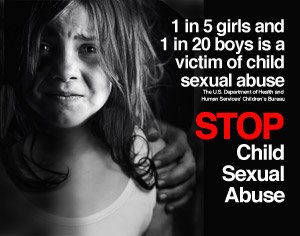
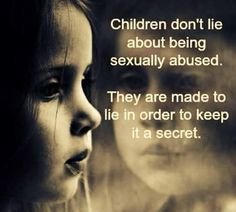
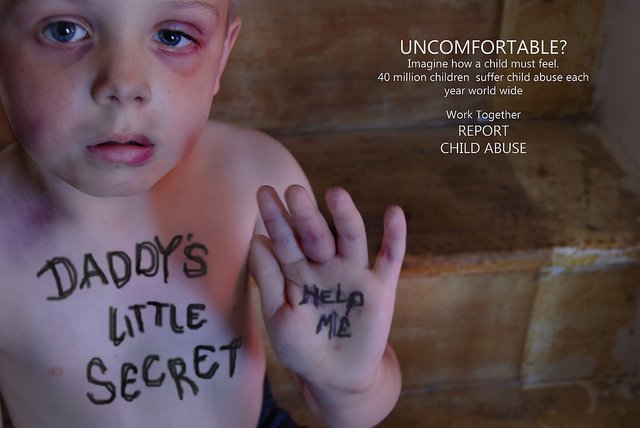
According to WHO, Sexual abuse is inappropriate sexual behavior with a child. It includes fondling a child's genitals, making the child fondle the adult's genitals, intercourse, incest, rape, sodomy, exhibitionism and sexual exploitation.
According to the national report on child abuse by the Ministry of Women and Child Development in 2007, 53.22% children reported having faced one or more forms of sexual abuse. Andhra Pradesh, Assam, Bihar and Delhi reported the highest percentage of sexual abuse among both boys and girls.
**Emotional abuse: **
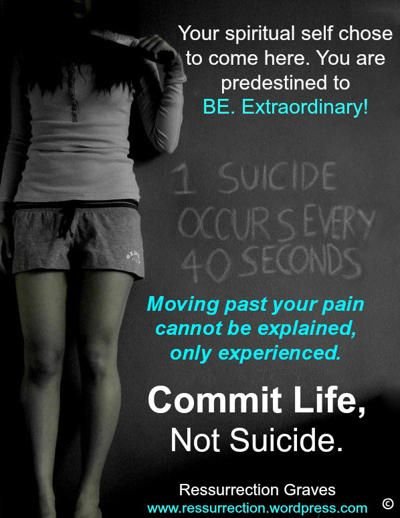
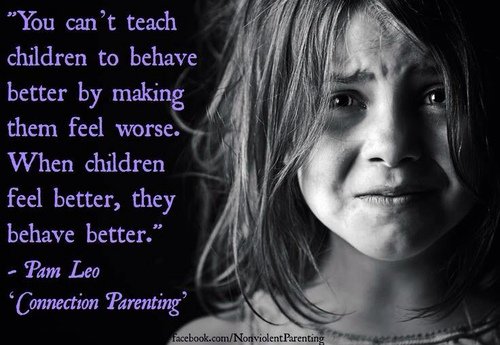
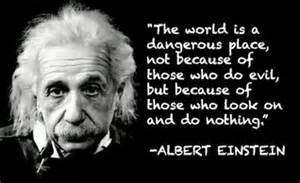
It is the neglect or the maltreatment of the children. ‘neglect' is difficult to define exactly since it may involve a disregard of the physical, emotional, moral or social needs of the children . Physical neglect has been defined as “ failure to provide the essential for normal life, such as food, clothing, shelter, care and supervision, and protection from assault”.
According to WHO, Emotional abuse is also known as verbal abuse, mental abuse, and psychological maltreatment.
The behavioural characteristics of emotional maltreatment are habit disorders (biting, thumb-sucking), conduct disorders (destructiveness, cruelty, stealing), neurotic traits (sleep disorders, inhibition of play), psycho-neurotic reaction (hysteria, phobias, obsession), behavior extremes (appearing overly complaint, extremely passive or aggressive, very demanding or undemanding), lag in emotional and intellectual development, and attempted suicide.
According to the national report on child abuse by the Ministry of Women and Child Development in 2007, every second child reported facing emotional abuse. Equal percentage of both girls and boys reported facing emotional abuse. In 83% of the cases parents were the abusers. 48.4% of girls wished they were boys.
Instruments and Standards for protection of child right in India
The Constitution of India recognizes the vulnerable position of children and their right to protection. Following the doctrine of protective discrimination
Article 14: The State shall not deny to any person equality before the law or the equal protection of the laws within the territory of India;
Article 15: The State shall not discriminate against any citizen on grounds only of religion, race, caste, sex, place of birth or any of them;
Article 15 (3): Nothing in this article shall prevent the State from making any special provision for women and children;
Article 19(1) (a) : All citizens shall have the right (a) to freedom of speech and expression;
Article 21: Protection of life and personal liberty-No person shall be deprived of his life or personal liberty except according to procedure established by law;
Article 21A: Free and compulsory education for all children of the age of 6 to 14 years;
Article 23: Prohibition of traffic in human beings and forced labour-(1) Traffic in human beings and beggars and other similar forms of forced labour are prohibited and any contravention of this provision shall be an offence punishable in accordance with law.
Article 24: Prohibition of employment of children in factories, etc. -No child below the age of fourteen years shall be employed to work in any factory or mine or engaged in any other hazardous employment;
**Article 39: **The state shall, in particular, direct its policy towards securing:
(e) that the health and strength of workers, men and women, and the tender age of children are not abused and that citizens are not forced by economic necessity to enter vocations unsuited to their age or strength;
(f) that children are given opportunities and facilities to develop in a healthy manner and in conditions of freedom and dignity and that childhood and youth are protected against exploitation and against moral and material abandonment.
References
Burgese, R.L; “Child Abuse: Asocial Interactional Analysis” in Advances in Clinical Child Psychology, Vol. 2, Plenum Press, New York, 1970.
Kempe, R.S and Kempe C.H; Child Abuse, Fontana, London, 1978.
Kewalramani, C.S; Cdild Abuse, Rawat Publication, Jaipur, 1992.
Ministry of Women and Child Development, New Delhi, 2007.
.jpeg)
.jpeg)
we should stop child abuse... but at the same time we should keep eye on our children's... so that thay will not go into any wrong way. one parents want thier child to be vagabond